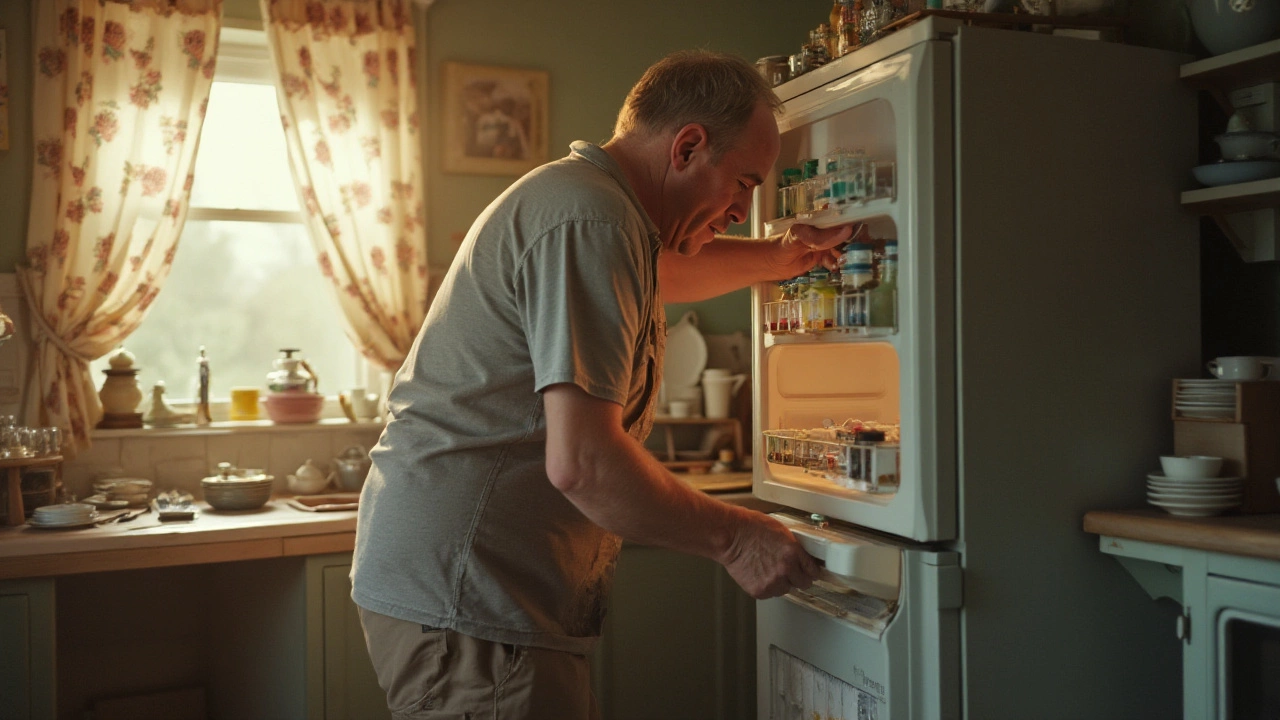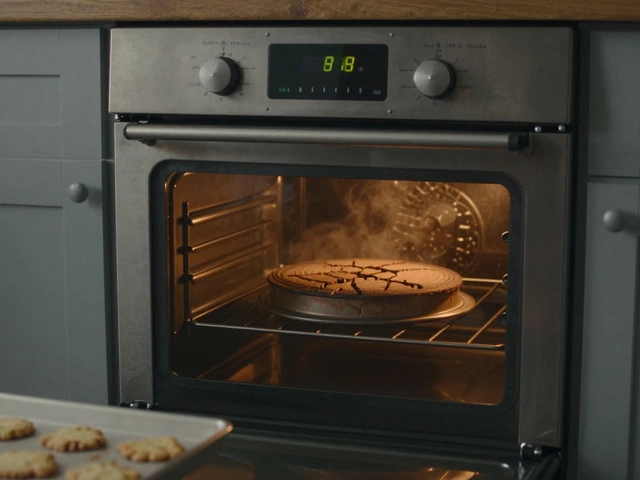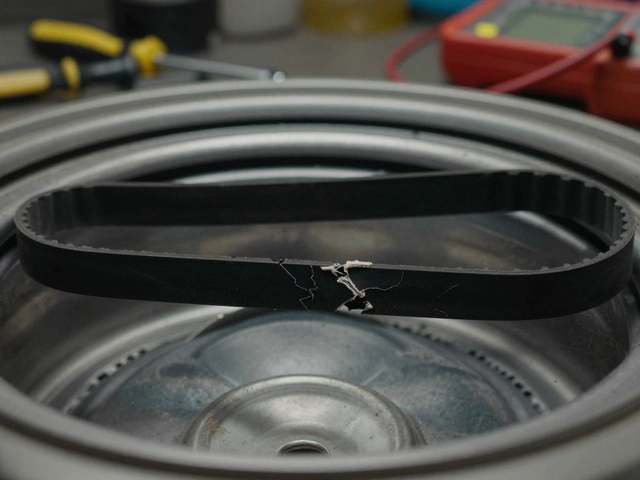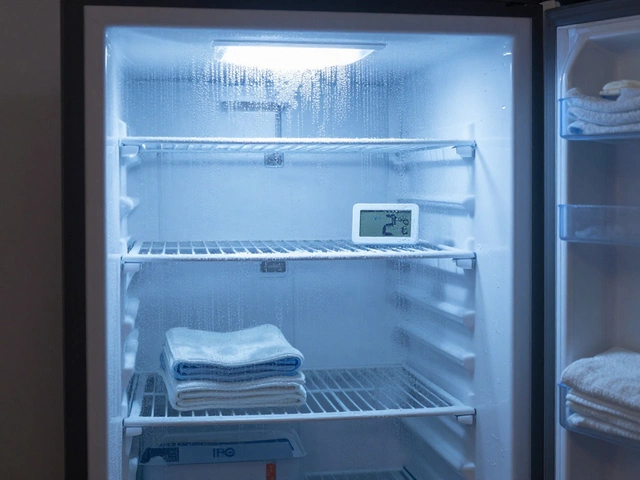Refrigerator Troubleshooting: Simple Fixes for Common Problems
If your fridge is humming but not cooling, or if you hear weird noises, you’re probably wondering what to do next. Most homeowners can solve the easy stuff without a callout, saving time and money. Below you’ll find straight‑forward steps to diagnose the biggest fridge issues and decide when it’s worth hiring a professional.
Top Signs Your Fridge Needs Attention
1. Temperature isn’t steady. If food feels warm after a few hours, check the thermostat knob. Sometimes it’s been turned down by accident. Set it to the middle position, give the unit 24 hours, and see if the temperature drops.
2. Frost buildup in the freezer. Too much ice usually means the door isn’t sealing or the defrost timer has failed. Inspect the gasket for cracks and clean it with warm, soapy water. A quick test: close a dollar bill in the door. If it slides out easily, the seal is bad.
3. Water pooling at the bottom. This is often a clogged drain line. Locate the drain hole inside the fridge (usually at the back) and flush it with a mix of hot water and a tablespoon of baking soda.
4. Loud or rattling noises. Vibrations can come from a loose fan blade or a compressor that’s working harder than it should. Unplug the fridge, remove the rear panel, and spin the fan by hand. If it wobbles, the blade needs tightening or replacement.
5. High electricity bills. An older compressor or a failing sealed system can gulp power. Our article “Most Expensive Refrigerator Repairs” explains why compressor replacement is pricey and when it makes sense to replace the whole unit.
DIY Checks Before Calling a Technician
Start with the basics. Pull the fridge out, give it a gentle shake, and listen for any loose components. Clean the condenser coils – dust acts like a blanket and makes the compressor work overtime. Use a coil cleaning brush or a vacuum on low setting; a few minutes of cleaning can shave dozens off your energy use.
Next, verify the door alignment. If the fridge leans, the weight distribution can pull the doors out of sync, causing warm air to sneak in. Level the unit with a simple carpenter’s level; adjust the front legs until it’s even.
Finally, test the temperature with a cheap appliance thermometer. Place it in the middle shelf, wait a few hours, and check that it reads between 35°F and 38°F (1.7°C to 3.3°C). If it’s higher, the thermostat or sensor may be faulty – a repair you can often handle with a screwdriver and a new sensor from a local hardware store.
If none of these steps help, it’s time to call a pro. A qualified technician can diagnose sealed‑system leaks, compressor failures, or control board issues that require specialised tools. Trusting a professional not only protects your warranty but also prevents accidental damage that could cost more down the line.
Remember, most fridge problems start with something simple: a dirty coil, a loose door seal, or a mis‑set thermostat. By tackling these first, you’ll avoid the costly repairs warned about in our “Most Expensive Refrigerator Repairs” guide and keep your fridge humming happily for years to come.
31 December 2024
·
0 Comments
Fixing a fridge can seem daunting, but with the right tools and knowledge, many common issues can be tackled at home. This article covers basic troubleshooting steps and repairs, easy fixes for common problems, and when it's best to call a professional. From defrosting issues to unusual noises, we'll guide you through the potential reasons and solutions. Embrace your inner handyman and save on costly repair services by learning how to fix your fridge yourself.
Read more






